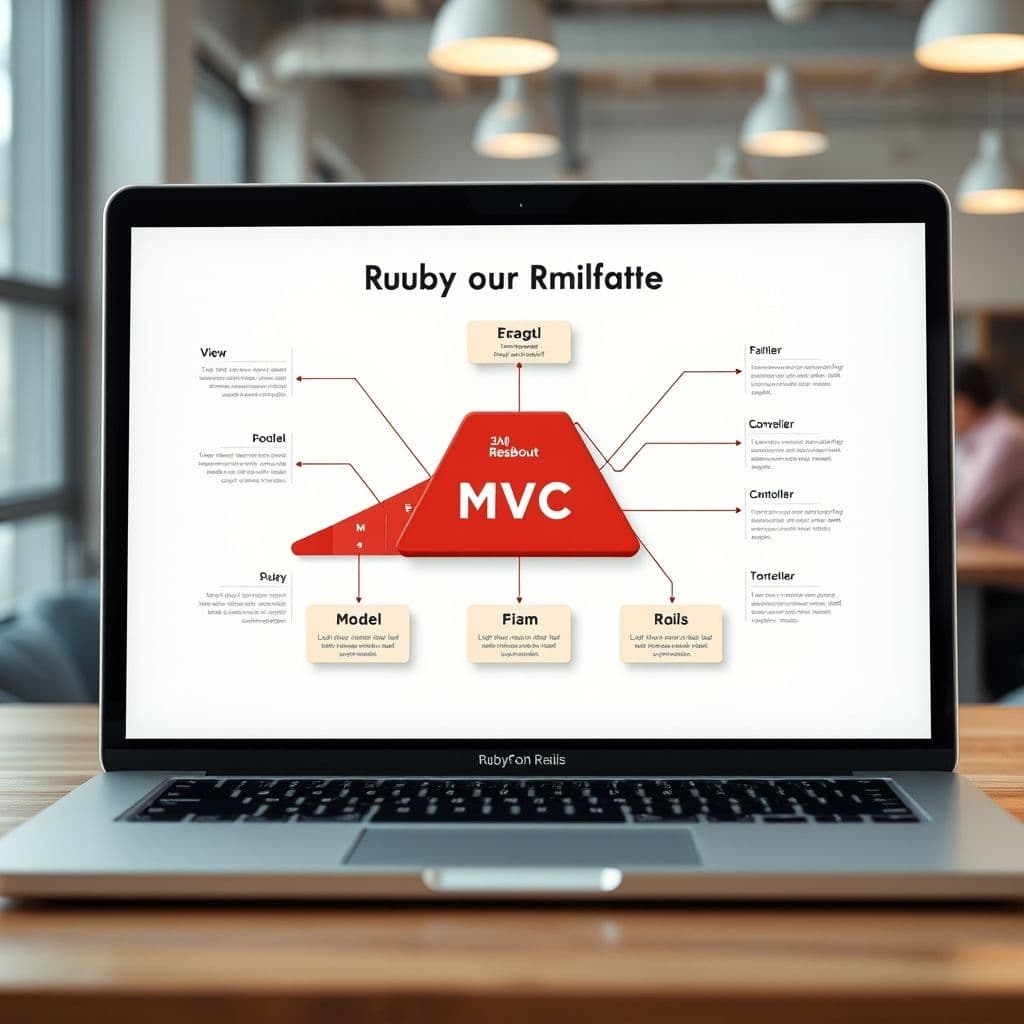Master Ruby on Rails 6: A Step-by-Step Guide to Web Development Excellence

Ruby on Rails is a powerful web development framework that enables developers to build robust applications quickly. Whether you're a beginner or an experienced developer, mastering Rails 6 can significantly enhance your productivity and open up new career opportunities. This guide will take you through the essential steps to become proficient in Ruby on Rails 6, starting with the basics of Ruby and progressing to advanced Rails features. View original learning path
Step 1: Learn the Basics of Ruby
Before diving into Rails, it's crucial to understand the fundamentals of Ruby, the language Rails is built on. Start with variables and data types, which are the building blocks of any Ruby program. Learn how to use control flow structures like if statements and loops to manage the execution of your code. Functions and methods allow you to encapsulate logic for reuse, while classes and objects are the foundation of object-oriented programming in Ruby. Finally, explore modules and mixins to share functionality across classes.

Step 2: Understand Web Development Fundamentals
Web development involves more than just writing code. Familiarize yourself with HTTP and RESTful APIs, which are the backbone of web communication. HTML and CSS are essential for creating the structure and style of web pages. Understanding the client-server architecture will help you grasp how requests and responses are handled. Finally, learn about database concepts, including SQL and ORM (Object-Relational Mapping), which are critical for managing data in your applications.
Step 3: Familiarize Yourself with Ruby on Rails
Now that you have a solid foundation, it's time to explore Ruby on Rails. The MVC (Model-View-Controller) architecture is at the heart of Rails, separating the application into three interconnected components. Routing and controllers handle incoming requests, while models and Active Record manage data and business logic. Views and templates are responsible for presenting data to the user. The asset pipeline helps manage JavaScript, CSS, and other assets efficiently.

Step 4: Dive into Advanced Ruby on Rails Concepts
As you become more comfortable with Rails, delve into advanced topics like authentication and authorization to secure your applications. Testing is crucial for maintaining code quality, so learn about unit, integration, and acceptance tests. Background jobs and queues allow you to handle long-running tasks efficiently. Caching and performance optimization techniques can significantly improve your app's speed. Finally, explore deployment and DevOps practices to get your application live and running smoothly.
Step 5: Explore Ruby on Rails 6 Specific Features
Rails 6 introduces several exciting features that enhance developer productivity. Action Mailbox simplifies handling inbound emails, while Action Text provides rich text editing capabilities. Parallel testing speeds up your test suite by running tests concurrently. Webpacker integrates modern JavaScript tools into your Rails application, and Zeitwerk offers a new code loader for better performance. Mastering these features will give you an edge in modern web development.

Conclusion
Mastering Ruby on Rails 6 is a journey that starts with the basics of Ruby and progresses through web development fundamentals, Rails architecture, advanced concepts, and the latest features in Rails 6. By following this step-by-step guide, you'll build a strong foundation and gain the skills needed to develop robust, scalable web applications. Remember, consistent practice and real-world projects are key to becoming proficient.
Frequently Asked Questions
- How long does it take to master Ruby on Rails 6?
- The time it takes to master Ruby on Rails 6 depends on your prior experience and the time you dedicate to learning. Typically, it can take anywhere from 3 to 6 months of consistent practice to become proficient.
- What are common mistakes beginners make when learning Ruby on Rails?
- Common mistakes include skipping the basics of Ruby, not understanding the MVC architecture, neglecting testing, and not following Rails conventions. It's important to build a strong foundation and practice regularly to avoid these pitfalls.
- Is Ruby on Rails still relevant in 2023?
- Absolutely! Ruby on Rails remains a popular and powerful framework for web development, especially for startups and rapid prototyping. Its mature ecosystem and developer-friendly conventions make it a great choice for many projects.





